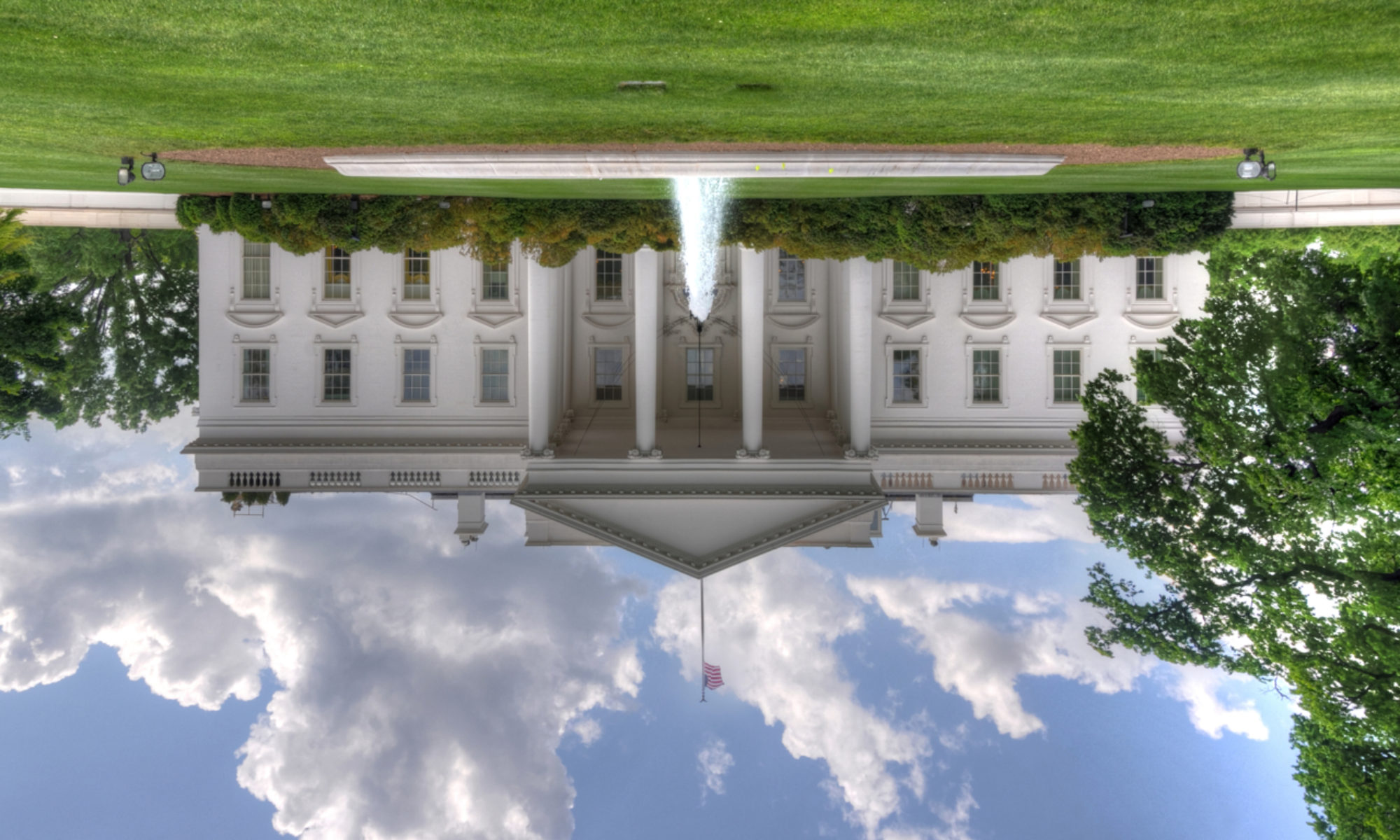Since Donald Trump took office, more often than not, each week has been drama-filled. This week, though, has been particularly so. The week started with the disastrous Iowa Democratic Caucus, followed by the President’s contentious State of the Union address, and then an acquittal for President Trump. Two Trump “victory lap speeches” rounded out the week.
Iowa Democratic Caucus Debacle
On Monday evening, Iowans opened presidential primary season by participating in caucuses and satellite caucuses around the world. They began the evening optimistic about a new app that they believed would make the task of reporting the thousands of hand-counted votes for candidates.
Americans waited for the counts to be totaled, but as the night wore on, it became clear that the reporting app had failed. No one would know for sure which candidate had won until the votes could all be re-tallied.
On Tuesday, 62 percent of votes had been counted, showing Pete Buttigieg in the lead, with Bernie Sanders in a close second. As of Friday morning, Americans continue to await an accurate count. Buttigieg and Sanders remain in a virtual tie, but the DNC is calling for a recanvass.
Trump’s Divisive State of the Union
As the country continued on Tuesday to wait for the results of the Iowa Democratic caucus, President Donald Trump delivered his State of the Union address. Full of boasting, half-truths, and lies, Trump’s speech, themed, “The Great American Comeback,” was merely a campaign speech that sowed new divisiveness and firmly reinforced existing divisiveness.
Using language clearly meant to stir his base, Trump appealed to their fears, promoting the ideas that “illegal aliens” (the term Trump insists on using) are dangerous and deadly; that sanctuary cities harbor immigrant criminals; and that the Democrats want to take away everyone’s guns and everyone’s health care.
“In sanctuary cities, local officials order police to release dangerous criminal aliens to prey upon the public, instead of handing them over to ICE to be safely removed,” Trump said.
He appealed to their fixation on the economy by taking credit for what he called a “Blue Collar Boom,” when in reality, it was during the Obama administration that the economy began making a comeback from the Great Recession. The increase in blue collar wages has come largely from individual states’ raising of state minimum wages, not from Trump’s policies. What’s more, the manufacturing sector is in recession.
Trump also plugged his Tax Cuts and Jobs Act, boasting that it had given Americans more money in their paychecks. In reality, according to the Congressional Research Service (CRS), Trump’s tax bill has not caused most Americans to take home more of their pay, and experts say that they will take home even less pay by 2024. What’s more, it has not caused the promised economic boost; the gross domestic product has only grown at 2.9 percent since the bill was passed.
Perhaps the biggest and most blatant lie of the evening was this: “We Will Always Protect Patients With Preexisting Conditions.” In truth, the Trump Administration has put forth a lawsuit that is working its way through the courts, aimed at eliminating the Affordable Care Act (“Obamacare”), which prohibits insurance companies from denying or charging higher premiums for Americans with preexisting conditions. Neither Trump, nor GOP lawmakers, has presented a viable replacement health care policy.
Though Republicans in the chamber are aware of this lawsuit and that it seeks to undo healthcare for millions of Americans, they all stood up and cheered when Trump talked of it. One has to wonder: are they terribly naive, or are they all in on the duplicity?
In fact, Trump’s cabinet, as well as the Republican members of Congress, stood and cheered each time Trump finished a sentence — eerily reminiscent of a World War II film clip of the German army saluting their Fuhrer.
Other untruths and misrepresentations filled Trump’s State of the Union address, including repeated references to “ cleaning up the mess of the previous administration.”
To that, House Speaker Nancy Pelosi later responded, “He did not inherit a mess, he inherited the momentum of a growing economy.”
“Nancy the Ripper”
Long after Trump’s exact words are forgotten, though, Americans will still remember the flourish with which House Speaker Nancy Pelosi, after the address, tore in half the sheets of paper containing the words of Trump’s address, calling it “A manifesto of mistruths.”
“Considering some of the other exuberances within me,” said Pelosi, “It was the courteous thing to do… He shredded the State of the Union, I shredded his state of his mind address.”
Though many Americans were appalled at Pelosi’s action, others responded favorably.
Twitter user @LOLGOP tweeted on Wednesday, “If you’re offended by a woman ripping up a speech, wait until later today when every Republican in the Senate rips up the entire Constitution in the name of helping the most corrupt president in American history steal an election.”
Senate Acquits Trump; Romney Votes with Dems
And later that day, Wednesday, January 5, as most people expected, the U.S. Senate acquitted President Donald J. Trump of the impeachment charges the U.S. House of Representatives had brought against him. All Democrats voted to remove Trump from office. All Republicans but one, Mitt Romney (R-Utah), voted to acquit on both articles. Romney voted “guilty” on the the first article, “abuse of power.”
No one was surprised, least of all Romney, when Trump immediately took to Twitter to attack him. In just a few hours after the Senate vote, Trump tweeted a video calling Romney “the face of the resistance,” and a “Democrat secret asset” who had tried to “infiltrate Trump’s administration as Secretary of State.”
Trump Continues to Wax Divisive During National Prayer Breakfast
Trump continued his vitriolic and often unhinged emoting during Thursdays’ National Prayer Breakfast, and again in his unapologetic post-acquittal speech at noon on Thursday. Supporters yet again laughed and cheered as Trump demonized and made examples of Pelosi and Romney, the two most recent people who had crossed him.
Donald Trump will continue to illustrate and underline the reasons why Congress voted to impeach him: abuse of power (which continues to become more blatant) and obstruction of Congress (which he has boasted about).
Though Senate Democrats were not successful in removing Trump from office, he remains, as Nancy Pelosi reminds us, “impeached forever.” Voters will have their own chance to rip up the figurative manifesto of mistruths in just 269 days.
Donald Trump’s 2020 State of the Union address | Guardian News
[2020-02-05]
Iowa Democratic Party Releases Partial Caucus Results With Buttigieg Leading | NBC News [2020-02-04]

